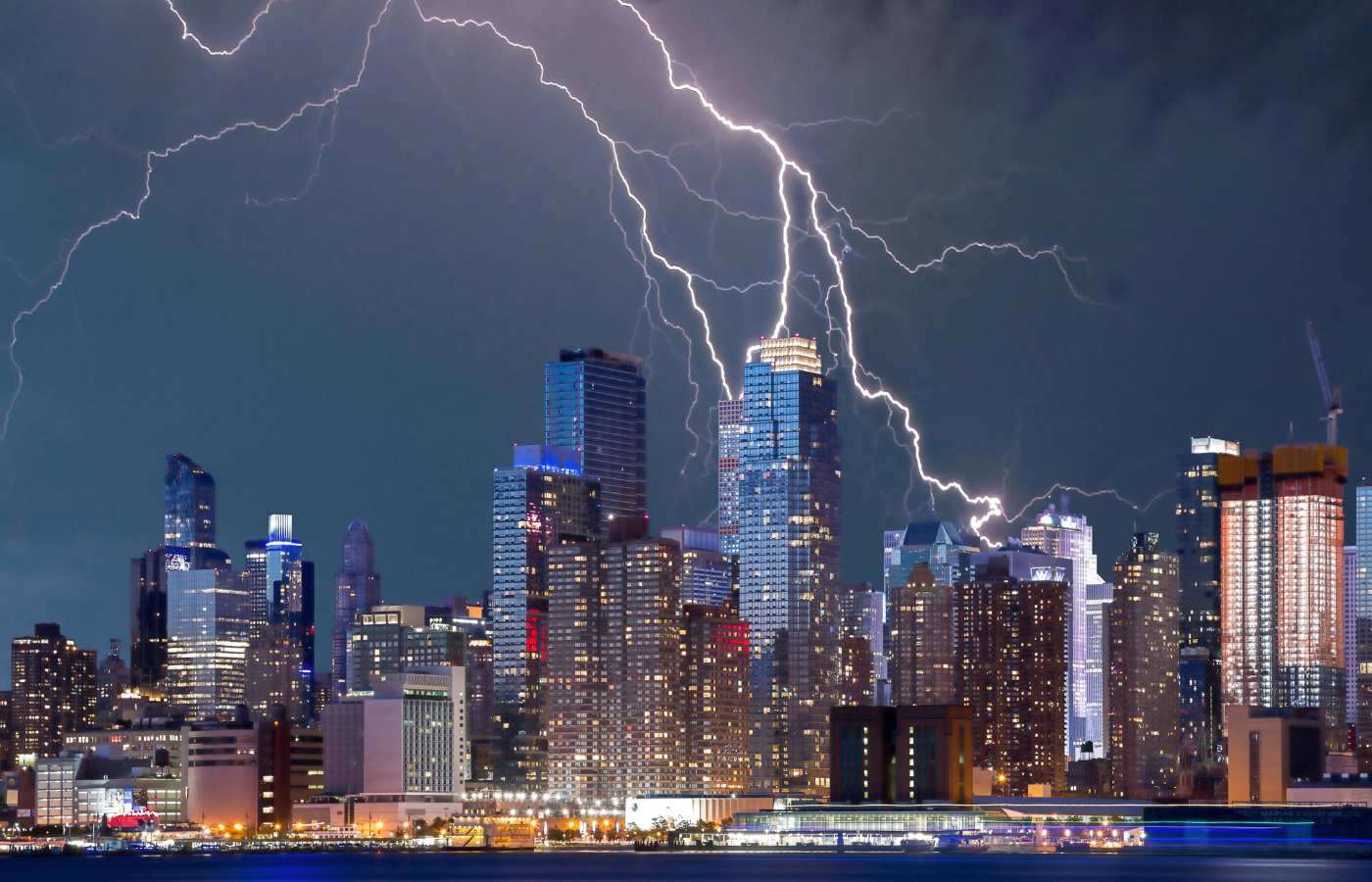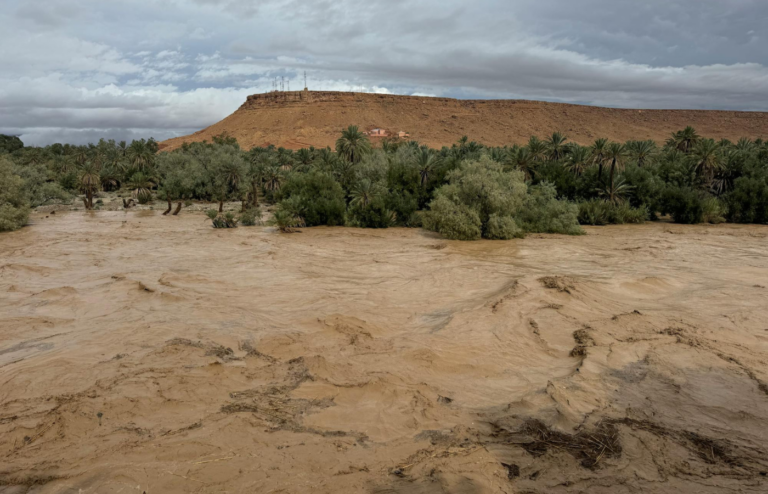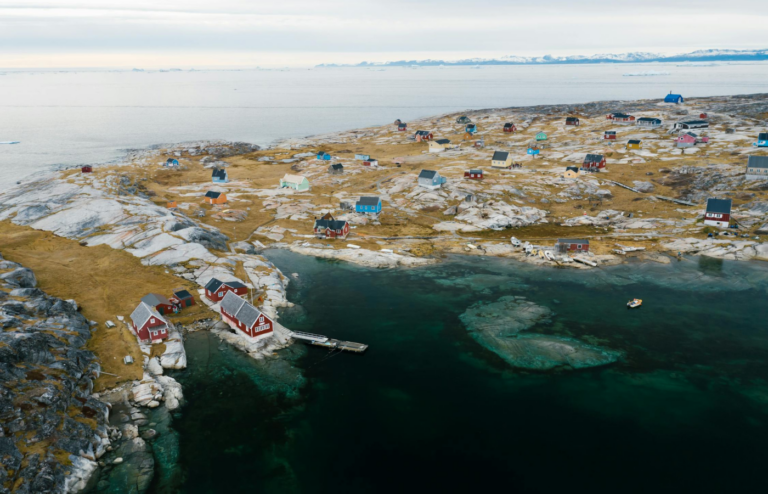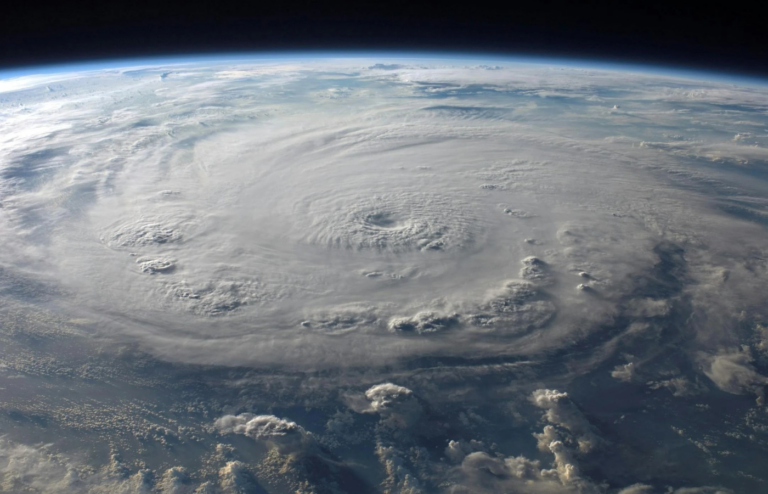Some cities in the U.S. are magnets for extreme weather. From tornadoes to hurricanes, blizzards to flash floods, these places experience nature’s fury year after year. For residents, surviving the elements isn’t just about checking the forecast—it’s a way of life.
These 15 cities face the most dangerous severe weather in the country. Whether it’s relentless storms, scorching heat, or deadly cold, these places are among the riskiest when Mother Nature gets angry.
1. Oklahoma City, Oklahoma
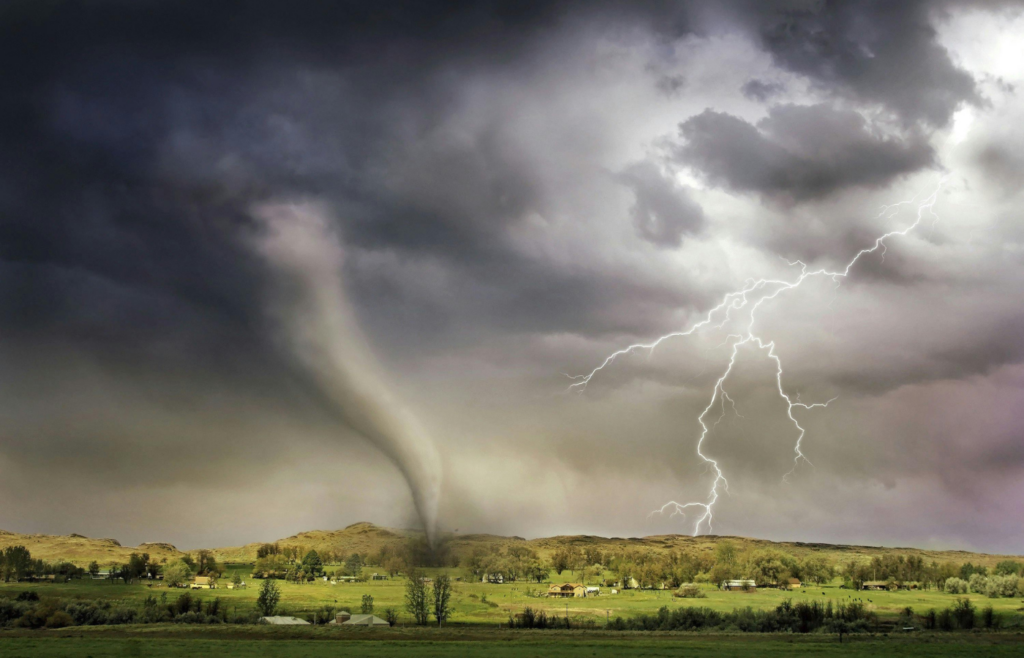
Oklahoma City is right in the heart of Tornado Alley. The city has been hit by more EF5 tornadoes than anywhere else in the U.S. Twisters here can be massive, violent, and deadly, with winds over 200 mph.
Beyond tornadoes, Oklahoma City also deals with severe thunderstorms, large hail, and ice storms in the winter. It’s a hotspot for extreme weather, no matter the season.
2. New Orleans, Louisiana
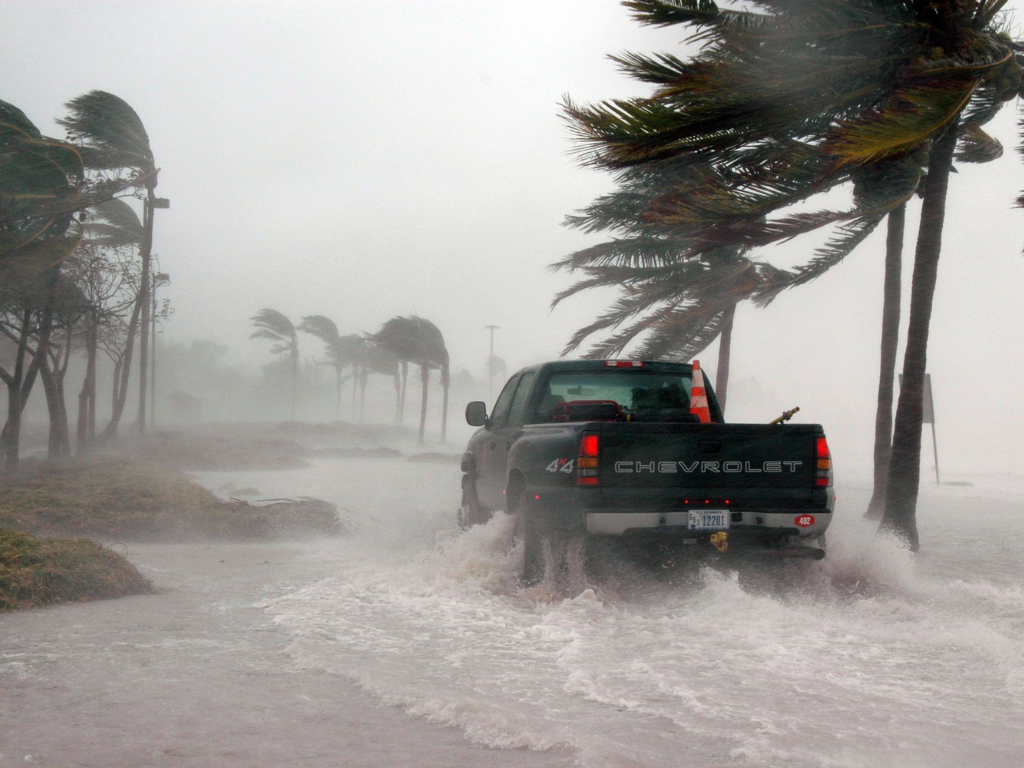
Hurricane Katrina proved how vulnerable New Orleans is to storms. Sitting below sea level with levees barely holding back the Gulf, the city is at constant risk of catastrophic flooding.
Hurricanes aren’t the only danger. New Orleans also sees frequent thunderstorms, flash floods, and intense heat. The combination makes it one of the most dangerous weather cities in the U.S.
3. Houston, Texas
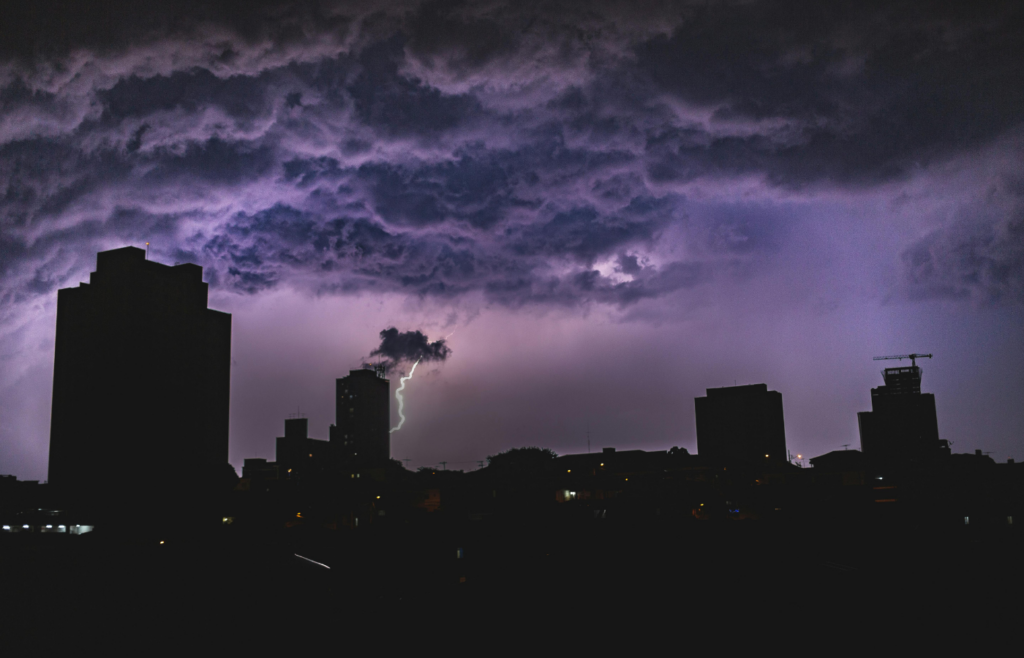
Houston is a storm magnet. Located near the Gulf of Mexico, it’s hit by hurricanes, tropical storms, and heavy flooding. Hurricane Harvey dumped over 50 inches of rain on Houston in 2017, setting records for rainfall.
Severe thunderstorms, tornadoes, and extreme summer heat also pose threats. The city is known for unpredictable, fast-changing weather that can turn deadly.
4. Miami, Florida
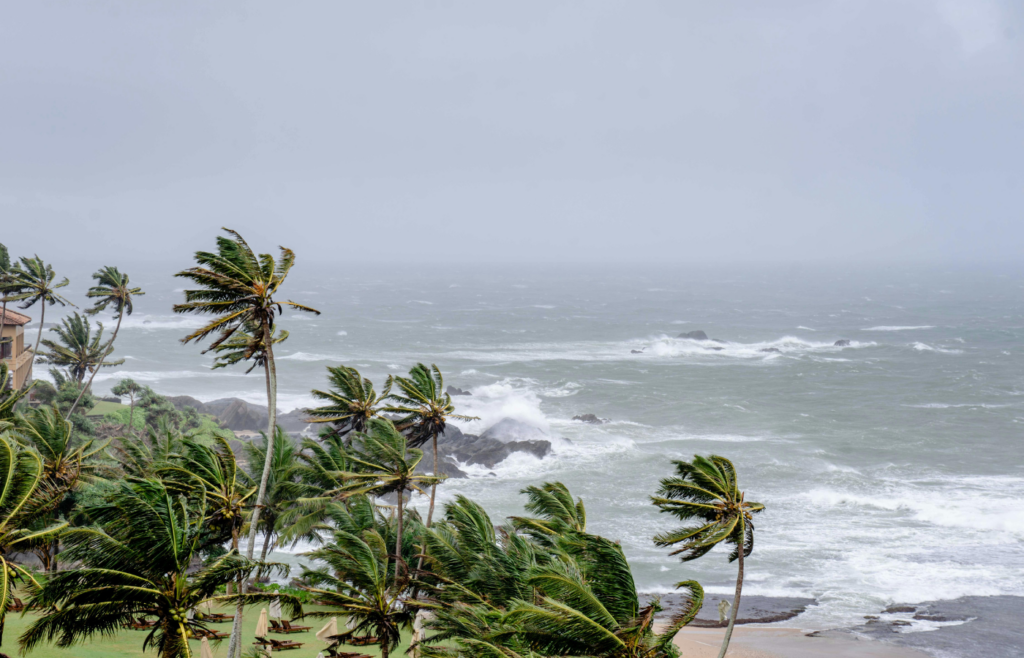
Miami faces hurricane threats every single year. Its coastal location makes it one of the most hurricane-prone cities in the U.S. Storm surges, high winds, and heavy rainfall often cause widespread damage.
Beyond hurricanes, Miami’s sweltering heat and humidity can be dangerous. The city also experiences severe thunderstorms with frequent lightning strikes.
5. Memphis, Tennessee
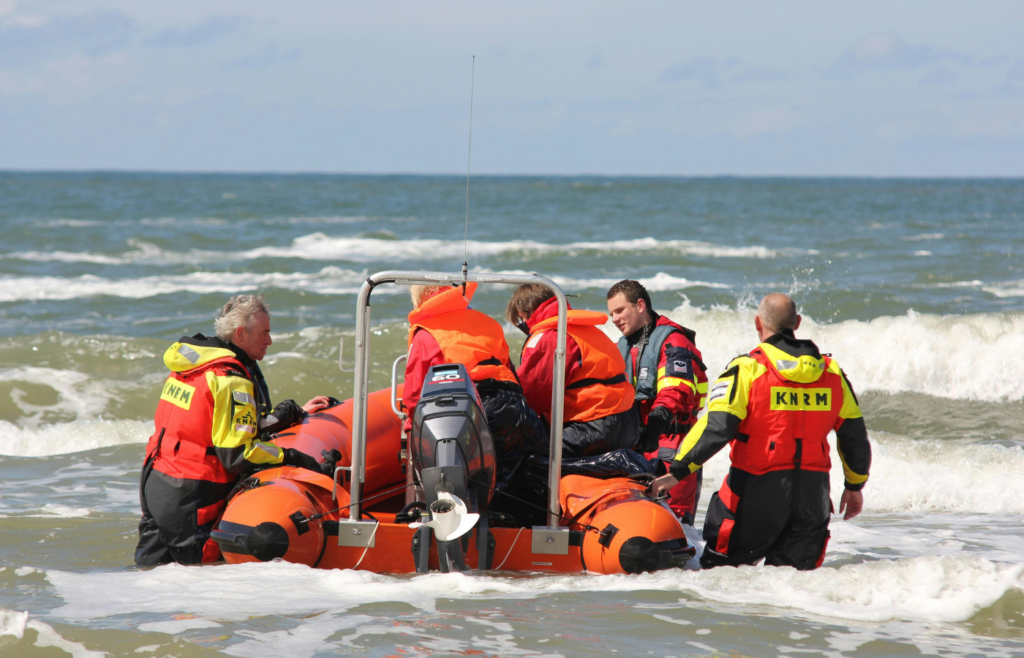
Memphis is highly vulnerable to flash floods and severe thunderstorms. The Mississippi River can easily overflow, causing catastrophic flooding in the city.
Tornadoes also pose a major risk. While not in Tornado Alley, Memphis has seen multiple deadly twisters, and its location makes it a frequent target for severe weather outbreaks.
6. St. Louis, Missouri

St. Louis is hit hard by tornadoes, flash floods, and severe winter storms. The city’s location in the Midwest places it at the intersection of cold Arctic air and warm Gulf air, fueling extreme weather year-round.
In the summer, thunderstorms bring intense winds, hail, and lightning. In winter, dangerous ice storms cripple the city. St. Louis rarely gets a break from bad weather.
7. Dallas, Texas
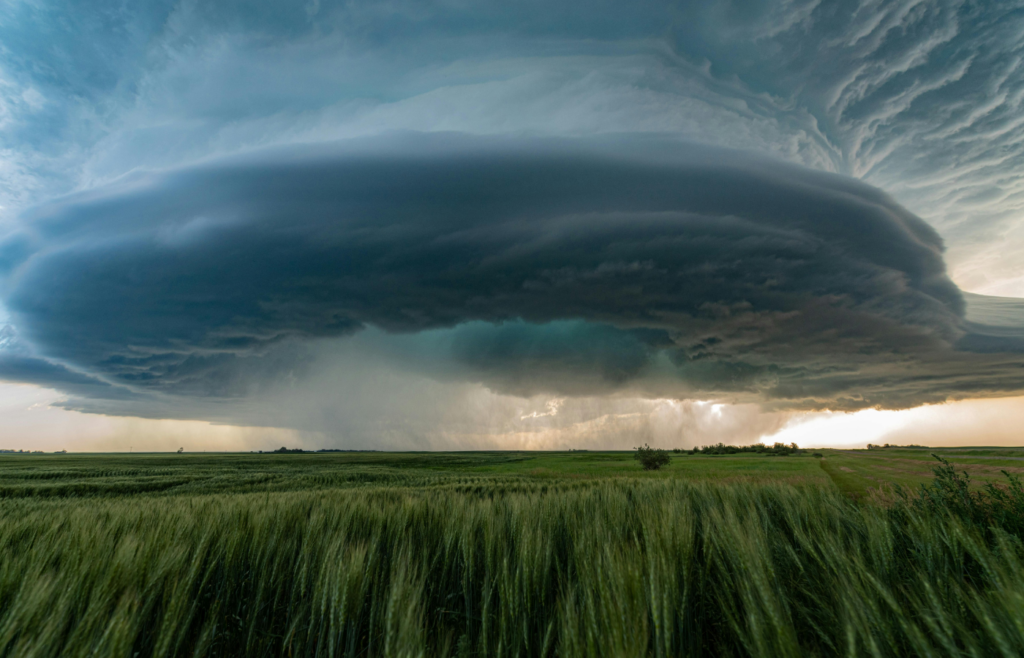
Dallas experiences severe thunderstorms, tornadoes, and hailstorms regularly. Its location places it right on the edge of Tornado Alley, making twisters a common threat.
Summers are scorching, with extreme heat waves pushing temperatures past 110°F. The combination of heat, storms, and tornadoes makes Dallas a high-risk city for severe weather.
8. Chicago, Illinois
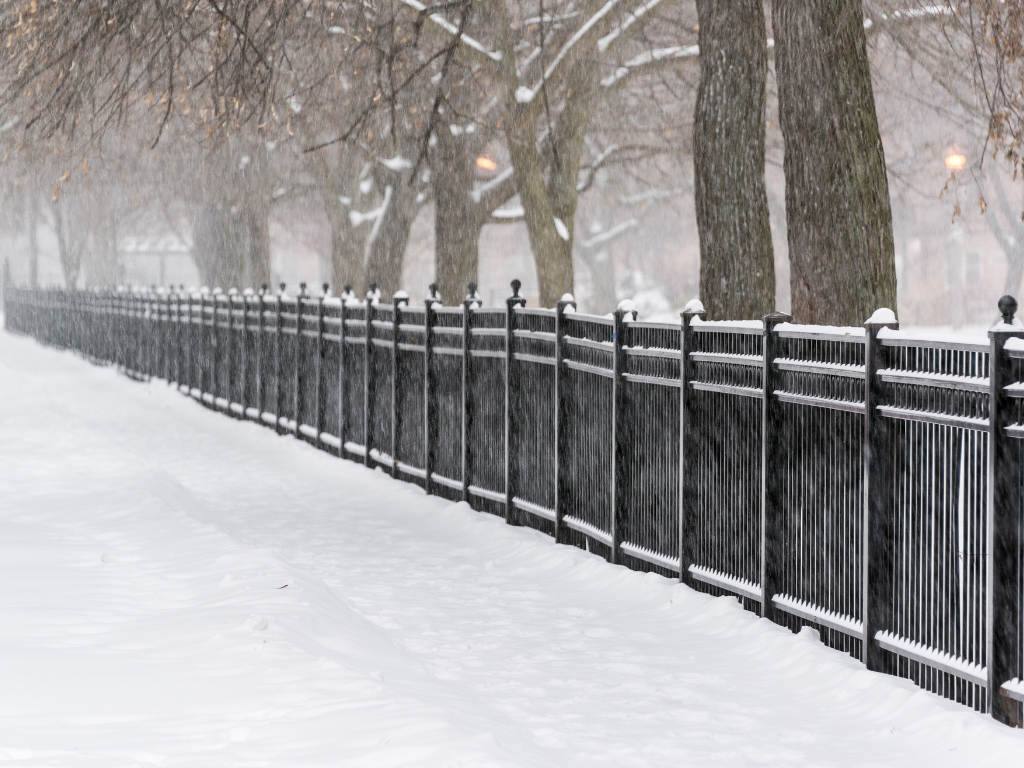
Chicago’s biggest weather threats come in the winter. Blizzards, ice storms, and brutal cold make the city dangerous for months on end. Wind chills can drop to -40°F, freezing everything in sight.
Summer isn’t much better. Thunderstorms, flash floods, and even tornadoes threaten the city. Weather in Chicago can be unpredictable and extreme.
9. Atlanta, Georgia
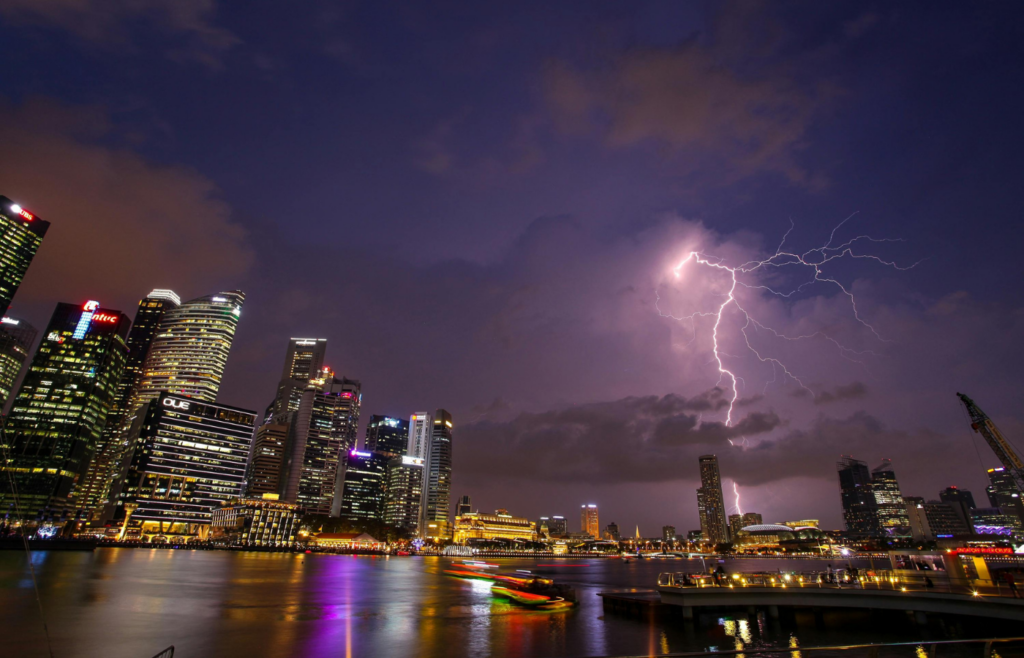
Atlanta might not be the first city people think of for severe weather, but it gets hit hard by tornadoes, hurricanes, and ice storms.
Hurricanes that make landfall on the Gulf Coast often weaken but still bring devastating flooding to Atlanta. Winter ice storms frequently shut down the city, making roads impossible to navigate.
10. Denver, Colorado
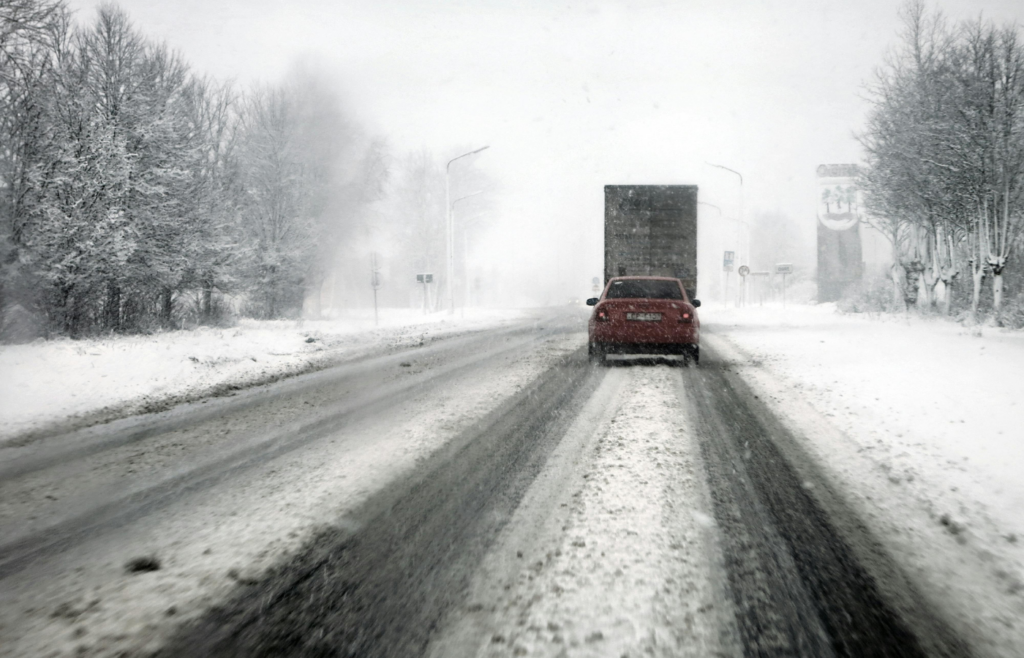
Denver is known for its wild temperature swings and intense winter storms. Snowstorms can dump feet of snow in a single day, stranding travelers and shutting down the city.
Severe thunderstorms in the summer bring flash floods and golf ball-sized hail, which causes millions in damage each year. Denver’s unpredictable weather can turn deadly fast.
11. Wichita, Kansas
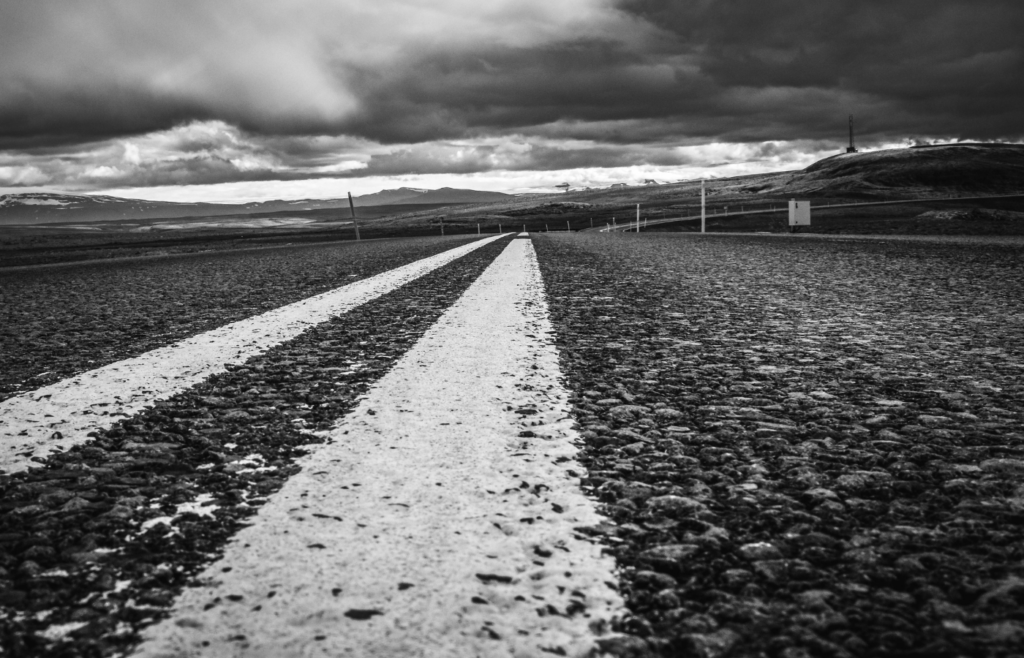
Wichita is one of the most tornado-prone cities in the U.S.. It sits in the heart of Tornado Alley, where violent twisters are a regular threat.
Spring and summer bring massive supercell thunderstorms capable of producing giant hail and damaging winds. The flat landscape offers little protection, making tornadoes even more dangerous.
12. New York City, New York
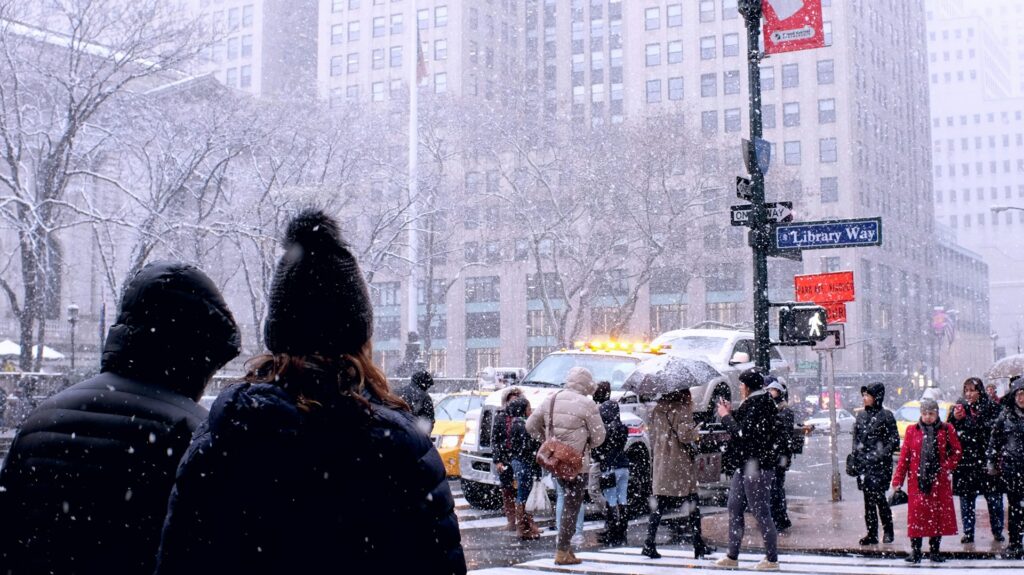
New York faces hurricanes, nor’easters, and blizzards. Superstorm Sandy in 2012 showed how vulnerable the city is to extreme weather, causing record flooding and destruction.
Winters bring powerful snowstorms that paralyze transportation. Ice storms and high winds also pose major risks, making New York a city that deals with dangerous weather year-round.
13. Nashville, Tennessee
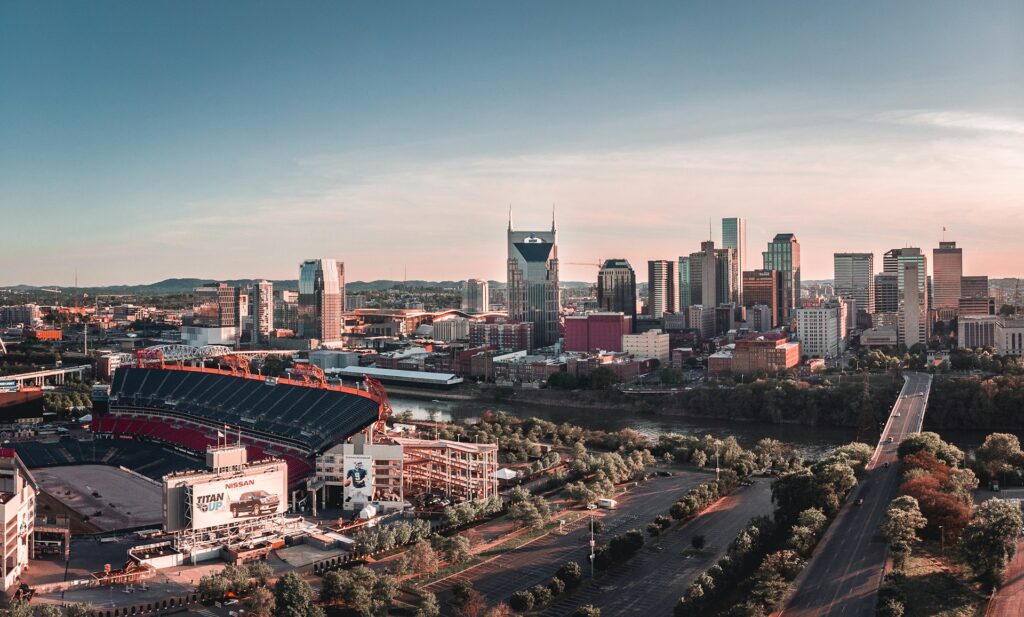
Tornadoes are a serious threat to Nashville. The city has been hit by multiple deadly twisters, and its location makes it prone to frequent severe storms.
Heavy rainfall also leads to flooding, especially along the Cumberland River. Nashville’s extreme weather events often arrive quickly, giving residents little time to prepare.
14. Phoenix, Arizona
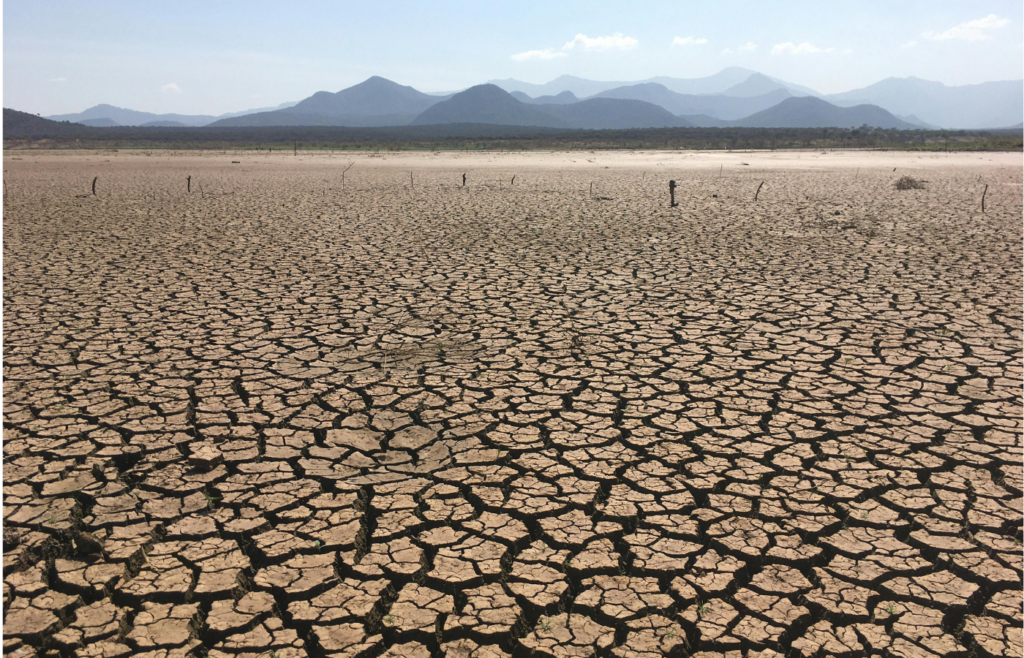
Phoenix is one of the hottest cities in America. Summer temperatures regularly soar above 115°F, creating life-threatening heat waves.
Dust storms, also known as haboobs, can blanket the city in thick dust, reducing visibility to near zero. Extreme drought conditions also increase the risk of wildfires.
15. Minneapolis, Minnesota

Minneapolis is one of the coldest major cities in the U.S.. In winter, temperatures can plunge to -30°F, with wind chills even lower. Blizzards and ice storms frequently shut down the city.
Despite the bitter cold, Minneapolis also sees severe thunderstorms and tornadoes in the summer. The city’s extreme seasonal shifts make it one of the most dangerous weather cities in the country.
Severe weather is a constant challenge in these cities. Whether it’s tornadoes, hurricanes, blizzards, or extreme heat, residents must stay prepared year-round. As climate change fuels more extreme weather events, these cities will likely face even greater challenges in the future.

